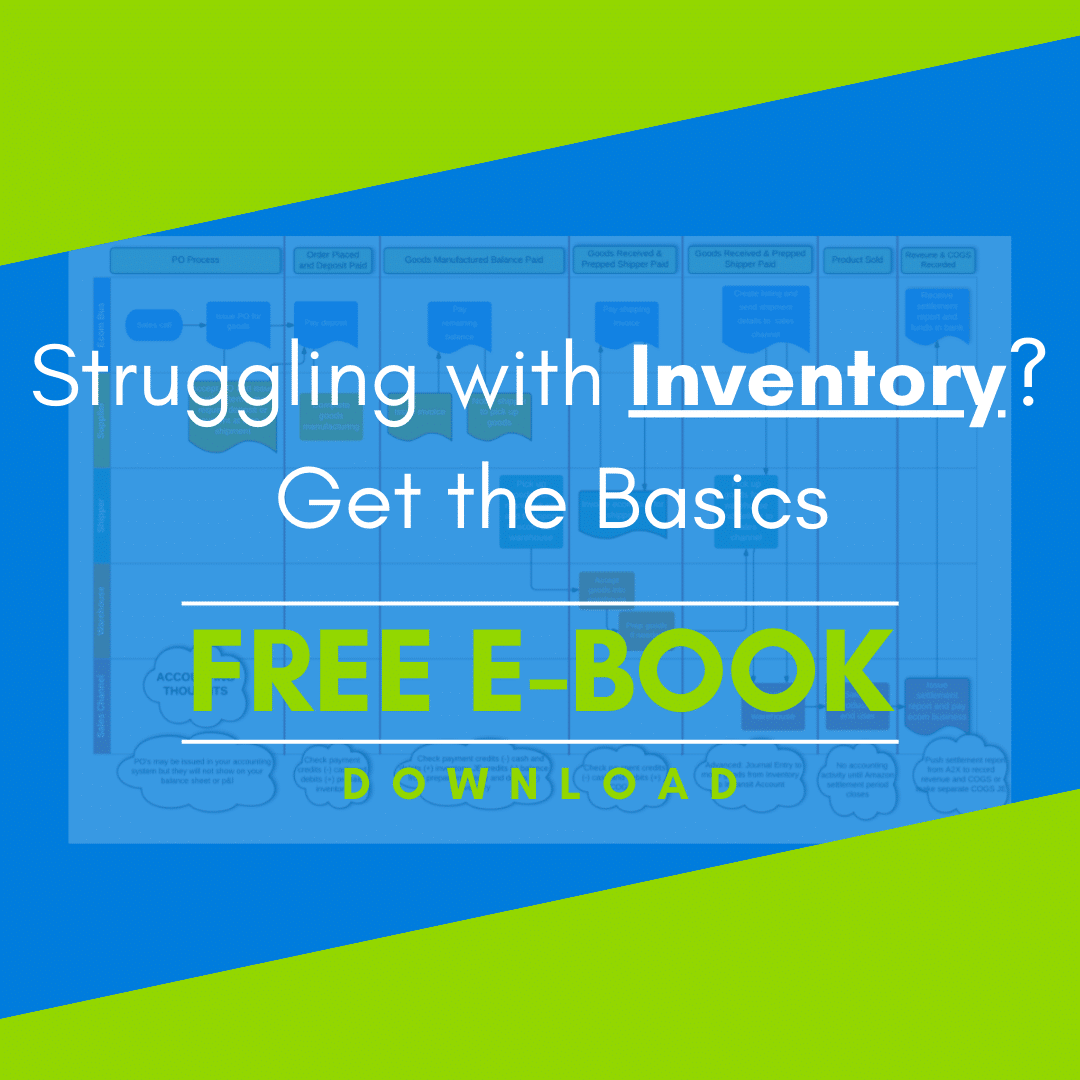
Are you new to the world of ecommerce? Starting off on the right foot is crucial to avoid potential pitfalls down the road. Ecommerce is experiencing rapid growth, and while some business sectors face challenges, new sellers join Amazon every day.
Many of these newcomers seek guidance on how to establish a solid financial foundation for their venture. We’ve witnessed businesses grow from the ground up, and the common thread among those that thrive is a commitment to data-driven decision-making, rather than relying on emotion or wishful thinking.
The Importance of Good Data
For those embarking on their ecommerce journey, here’s a step-by-step guide to ensure you have reliable data from the outset of your business.
-
Set Up Your Business Entity:
Properly structure your business entity, taking into account tax implications, liability, and operational convenience. Regulations vary by state, so consult with a local CPA or an expert familiar with your state’s laws and your personal financial situation.
-
Establish Three Business Bank Accounts:
-
- Inventory Checking Account: When planning your initial inventory purchases, consider factors such as the minimum order quantity (MOQ), shipping costs, inspections, packaging, and other associated expenses. Use our spreadsheet to account for all these costs. Allocate double the calculated amount to your inventory bank account. This account is dedicated solely to managing your inventory and can be funded with part of your initial seed money.
- Operating Expenses Checking Account: Use this account for expenses related to advertising, insurance, software subscriptions, and other operational costs. Keep these expenses as low as possible, as excessive spending here can impact your owner pay and taxes.
- Profit Savings Account: To build a financial cushion and seize opportunities when they arise, allocate a portion of your earnings to a profit savings account. Begin with 1% and commit to increasing it each quarter. For new businesses with revenues up to $250,000, aim to reach a 5% allocation in your profit savings account.
Operating Efficiently
Effective financial management allows you to operate efficiently and maximize profits. As you grow, consider moving surplus funds from your operating expenses account to either your profit savings account or separate accounts for owner pay and taxes. My Profit First for Ecommerce Sellers book can help you with that.
Once your business is more established, it’s time to implement a proper accounting system. QuickBooks Online or Xero are excellent choices for ecommerce businesses. For seamless automation, use A2X to extract settlement deposit details from Amazon, making revenue and cost of goods sold (COGS) tracking effortless.
Learning from Your Data
After establishing a solid financial foundation and adopting a proper accounting system, it’s essential to analyze your data. Print out your Profit and Loss statement and Balance Sheet by month for the year to identify trends. Pay attention to your bank balance, debt levels, and inventory trends. These insights will guide your decision-making and help you chart a course toward business growth and increased profitability.
By diligently following these steps, you’ll be better equipped to navigate the ecommerce landscape and position your business for success.
If you need help along the way, reach out to the bookskeep team for support!



Leave a Comment